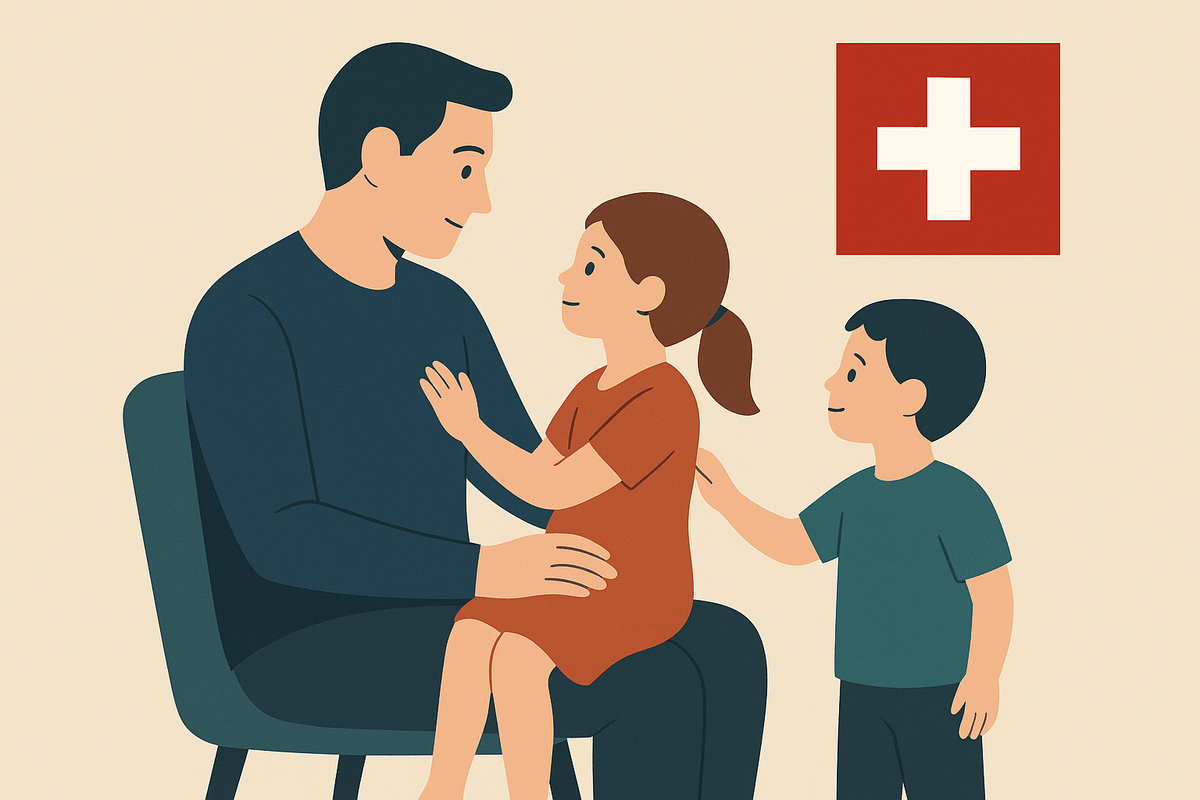The Global Shift and Swiss Standing
In recent decades, a quiet revolution has been transforming families across Europe: the gradual embrace of father's maternity leave, more accurately termed paternity or parental leave. While Sweden proudly showcases fathers pushing strollers during work hours and Spain grants equal, nontransferable leave to both parents, Switzerland has moved at a more measured pace. The journey toward recognizing a father's role in those critical early months has been marked by philosophical debates, political compromises, and gradual societal change.
The very concept of dedicated leave for fathers represents a dramatic shift from traditional family models. Historically, maternity protection focused exclusively on the biological recovery of mothers postpartum, while fathers were expected to return to work immediately after their child's birth. The modern understanding, however, recognizes that family bonding, shared childcare responsibilities, and gender equality in both domestic and professional spheres require policies that include fathers from the very beginning.
In this comprehensive guide, we trace how the idea of father's leave emerged across Europe, examine how Switzerland has responded to these changing norms, and provide concrete answers about what expectant fathers can anticipate today—and what might change tomorrow. Whether you're an expectant parent planning your leave or simply curious about social policy evolution, this article will provide the crucial context for understanding Switzerland's unique position in the European landscape of family policy.
